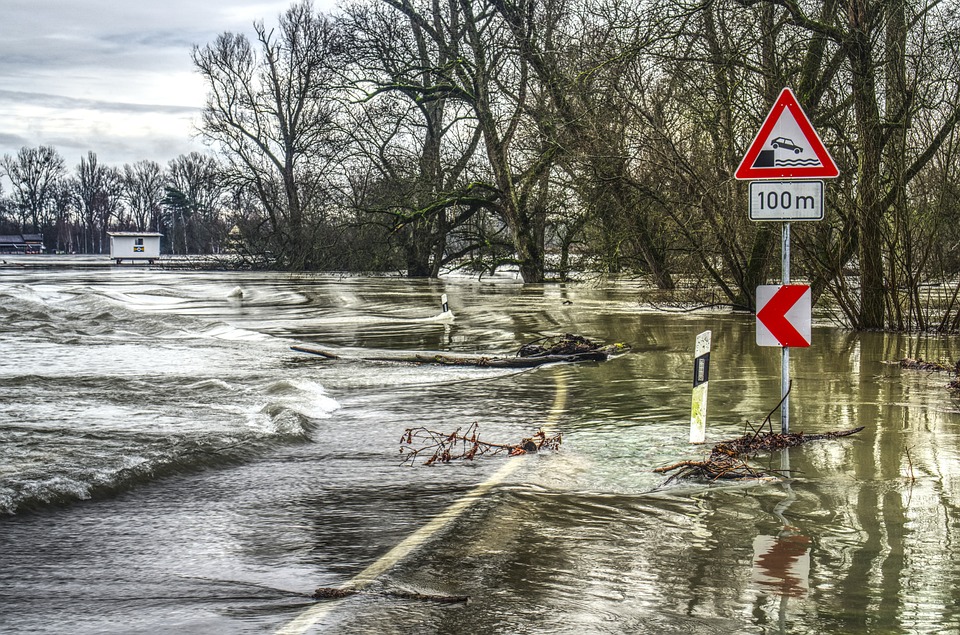Is Global Warming a Natural Cycle of the Earth?
Introduction
Global warming refers to the increase in Earth’s average surface temperature due to rising levels of greenhouse gases, primarily from human activities. This phenomenon has sparked extensive debate regarding whether the current trend is part of Earth’s natural climate cycles or predominantly driven by anthropogenic factors.
1. Understanding Earth’s Natural Climate Cycles
#
A. Historical Climate Variability
Earth’s climate has undergone significant fluctuations over millions of years, influenced by natural cycles such as ice ages and warmer interglacial periods. A notable example is the Milankovitch cycles, which describe how changes in Earth’s orbit, axial tilt, and wobble affect long-term climate patterns. These cycles have historically dictated the timing of glacial and interglacial periods over tens to hundreds of thousands of years[2].
#
B. Past Warming and Cooling Phases
Natural events, including volcanic eruptions and variations in solar radiation, have also contributed to historical warming and cooling phases. For instance, the Medieval Warm Period (approximately 950 to 1250) was a naturally occurring warming phase, while the Little Ice Age (1300 to 1850) brought about cooler temperatures.
2. The Current Global Warming Trend: What’s Different?
#
A. Accelerated Warming Since the Industrial Revolution
Since the late 19th century, Earth’s average temperature has risen by approximately 1.2°C (2.2°F)—a rate significantly faster than historical natural changes. This rapid increase aligns closely with heightened emissions of greenhouse gases such as carbon dioxide (CO₂) and methane due to human activities like fossil fuel combustion and deforestation[4].
#
B. Human Contributions to Greenhouse Gases
Human activities are responsible for releasing substantial amounts of CO₂ and other greenhouse gases into the atmosphere. The burning of fossil fuels, industrial processes, and agricultural practices have led to atmospheric CO₂ levels rising from about 280 parts per million (ppm) before industrialization to nearly 420 ppm today[1][4]. This concentration is unprecedented in at least the last 800,000 years[6].
3. Evidence Supporting Human-Caused Global Warming
#
A. Carbon Isotope Analysis
Scientists analyze carbon isotopes to distinguish between CO₂ produced from natural sources versus that from fossil fuels. The isotopic composition of atmospheric CO₂ shows a marked decline in carbon-13 and carbon-14 ratios since the mid-20th century, indicating that the additional CO₂ is primarily derived from fossil fuel combustion[1][5].
#
B. Climate Models and Projections
Climate models that incorporate human activities closely match observed warming trends, while those excluding human impacts do not accurately reflect current conditions. These models project continued warming if emissions are not curtailed, reinforcing the notion that contemporary climate change differs fundamentally from natural cycles[7][8].
4. Natural Cycles vs. Human Influence: Key Differences
| Factor | Natural Cycles | Human Influence |
|————————|—————————————–|——————————————-|
| Speed of Change | Occurs over thousands of years | Rapid changes within a few centuries |
| Magnitude of Change| Historical shifts are smaller | Unprecedented increases in greenhouse gases|
| Scientific Consensus| Debate exists around natural causes | Strong consensus on human-driven warming |
FAQs
– Can natural cycles alone explain current global warming?
No, while natural cycles influence climate variability, they cannot account for the rapid changes observed since the Industrial Revolution.
– How do scientists know that humans are causing global warming?
Evidence from carbon isotope analysis and climate models indicates that recent increases in greenhouse gases are primarily due to human activities.
– Is there any historical precedent for today’s warming?
Past warming events were slower and less intense than current trends, which are unprecedented in their speed and scale.
– What role do greenhouse gases play in Earth’s temperature?
Greenhouse gases trap heat in the atmosphere, enhancing the natural greenhouse effect and leading to increased surface temperatures.
– How do Milankovitch cycles compare to current climate trends?
Milankovitch cycles operate over much longer timescales and cannot explain the rapid temperature rise seen today.
Conclusion
While Earth’s natural cycles have historically influenced its climate, the current trend of global warming is unique due to its unprecedented speed and clear linkage to human activities. The overwhelming scientific consensus supports the conclusion that anthropogenic factors are primarily driving modern global warming, distinguishing it from past natural climate variations.

Kyle Whyte is a notable scholar and professor at the University of Michigan, holding positions such as the George Willis Pack Professor in the School for Environment and Sustainability and Professor of Philosophy. Specializing in environmental justice, his work critically examines climate policy and Indigenous peoples’ ethics, emphasizing the nexus between cooperative scientific endeavors and Indigenous justice. As an enrolled Citizen Potawatomi Nation member, he brings a vital perspective to his roles as a U.S. Science Envoy and member of the White House Environmental Justice Advisory Council. His influential research is supported by various prestigious organizations including the National Science Foundation, and disseminated through publications in high-impact journals. Kyle actively contributes to global Indigenous research methodologies and education, with affiliations to numerous institutes and societies dedicated to traditional knowledge and sustainability. Recognized for his academic and community engagement, Kyle has earned multiple awards and served in various visiting professorships. His efforts extend to leadership positions on boards and committees focused on environmental justice nationwide.
